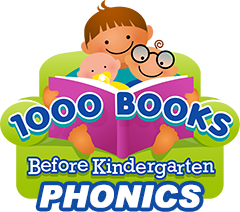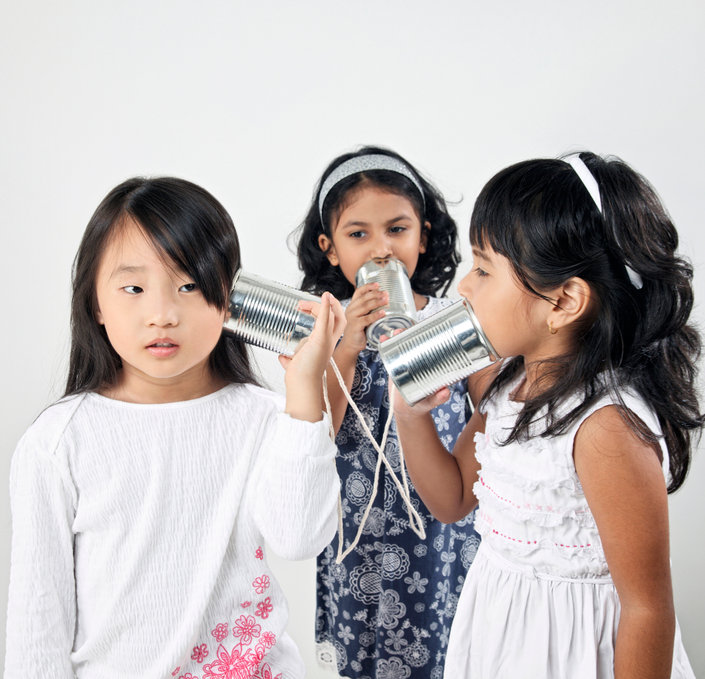Did you know that by age one, children recognize about 50 words? By age three, children recognize about 1,000 words and by age five, children are able to recognize at least 10,000 words. This almost 19,900% increase has led many scholars to study vocabulary size and auditory word recognition in preschool children. The conclusion reached is that recognizing familiar words quickly and accurately facilitates learning new words, as well as other aspects of language acquisition. So, the question remains what methods can facilitate learning new words.
Since, 2006, the looking-while-listening (LWL) eye-tracking paradigm has been used extensively to examine online lexical processing (the means by which single words are recognized) in young children. In the LWL paradigm, a child looks at pictures of two objects presented on a computer screen and listens as the name of one of the two objects is presented auditorily. Researchers consistently found that children with larger vocabularies were faster and more accurate at recognizing even highly familiar words compared to children with smaller vocabularies. One way to easily increase a child’s vocabulary is to have conversations with your child. The simple act of talking to your child and exposing them to different words is very powerful. Even at a very young age, your child will benefit from hearing your voice with accurate descriptions of the ideas and things that she encounters. Another powerful way to increase your child’s vocabulary is by reading to them. The 1000 Books Foundation has championed the 1000 Books Before Kindergarten early literacy program, which involves reading at least 1,000 books to a child before he or she starts kindergarten. Finally, practice has been found to be an effective way to increase your child’s vocabulary. Practice can consist of using new vocabulary words in every day life encounters.
The 1000 Books Before Kindergarten Complete Phonics program adapts part of the LWL method and has complete Vocabulary Builder Videos where your child can first look at a professionally illustrated picture, see the word associated with the picture, and finally hear how the word is pronounced correctly. This proven method strengthens the way single words are recognized in young children.

